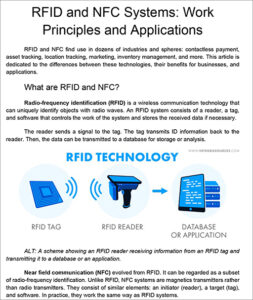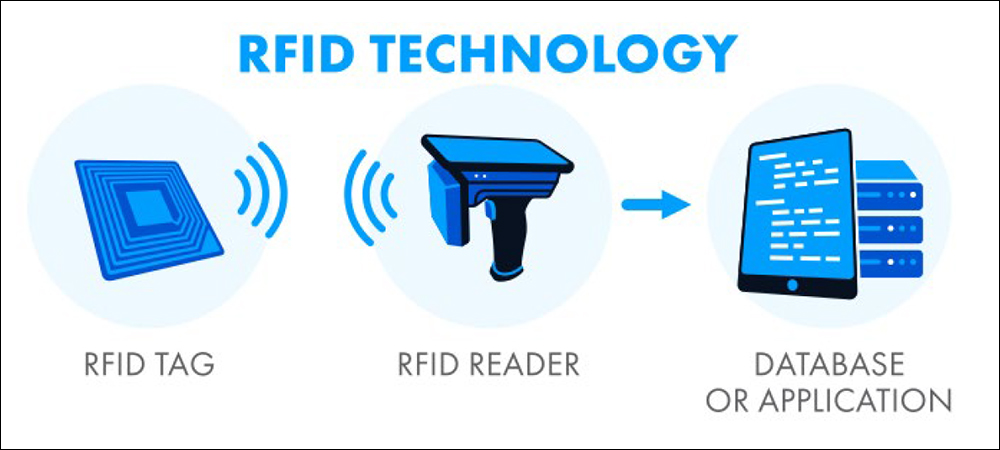 Radio frequency identification (RFID) and Near Field Communication (NFC) technologies are being employed in many different industries and for numerous applications. These include, among others, contactless payments, asset tracking, location tracking, marketing, inventory management, retail, manufacturing, logistics and healthcare.
Radio frequency identification (RFID) and Near Field Communication (NFC) technologies are being employed in many different industries and for numerous applications. These include, among others, contactless payments, asset tracking, location tracking, marketing, inventory management, retail, manufacturing, logistics and healthcare.
The versatility of such technologies allows businesses to find unique applications. They enable companies to monitor staff efficiency, improve store floor plans, determine how many valuable resources they have, as well as where those assets are located, and more. Users can deploy off-the-shelf components to create an NFC or RFID system, or they can order a solution from an electronics development company that has been custom-designed for their specific purposes.
A new white paper has been added to RFID Journal’s library, titled “RFID and NFC Systems: Work Principles and Applications.” This article, submitted by Integra Sources, explains the differences between RFID and NFC solutions, as well as the benefits of and varied applications for each technology. Topics covered include range, type of communication, data-transfer speed, data types, certification of RFID and NFC systems, application cases, and what to consider when choosing NFC and RFID tags. Download the white paper here.


